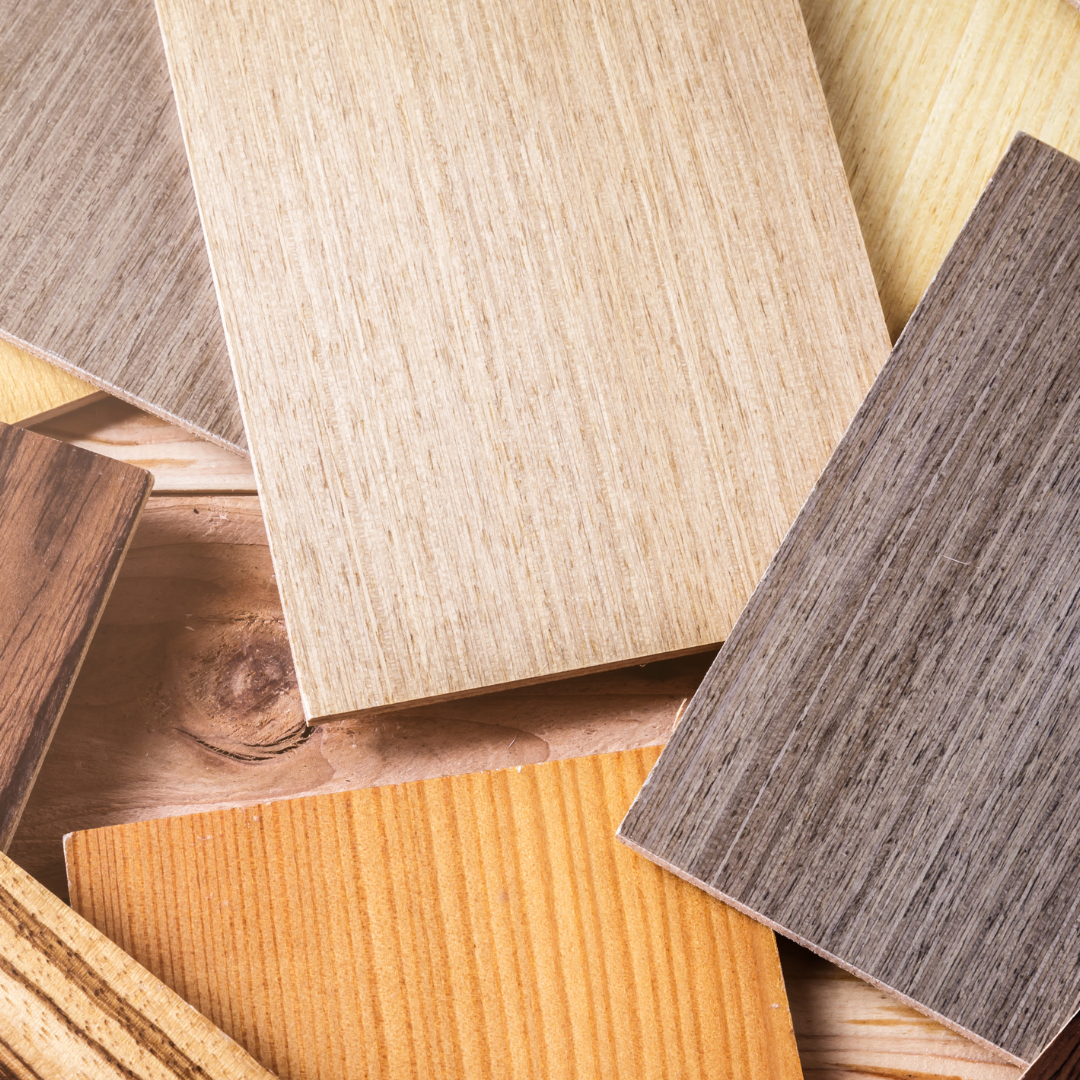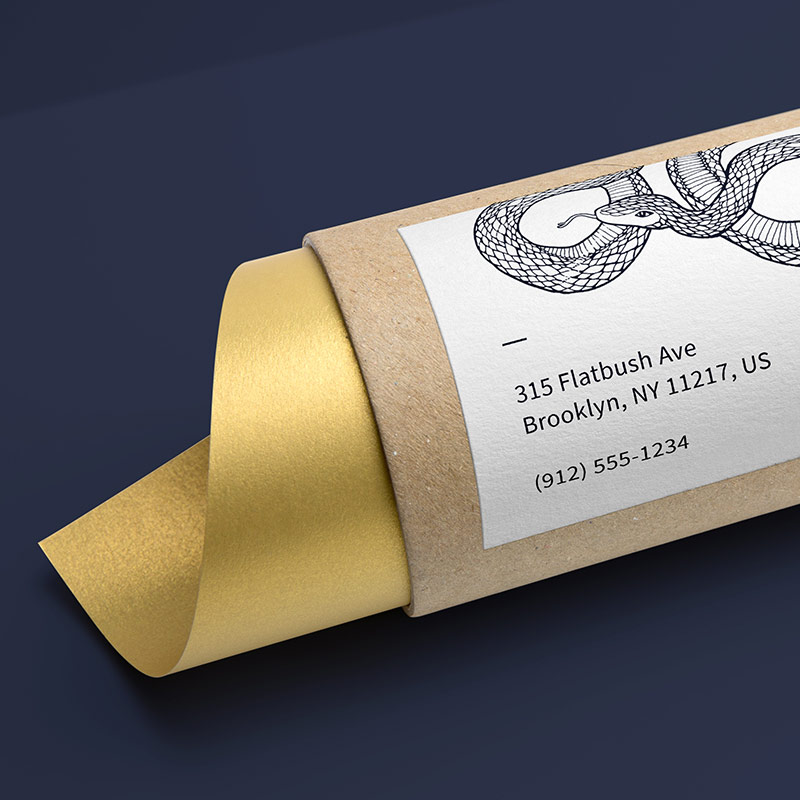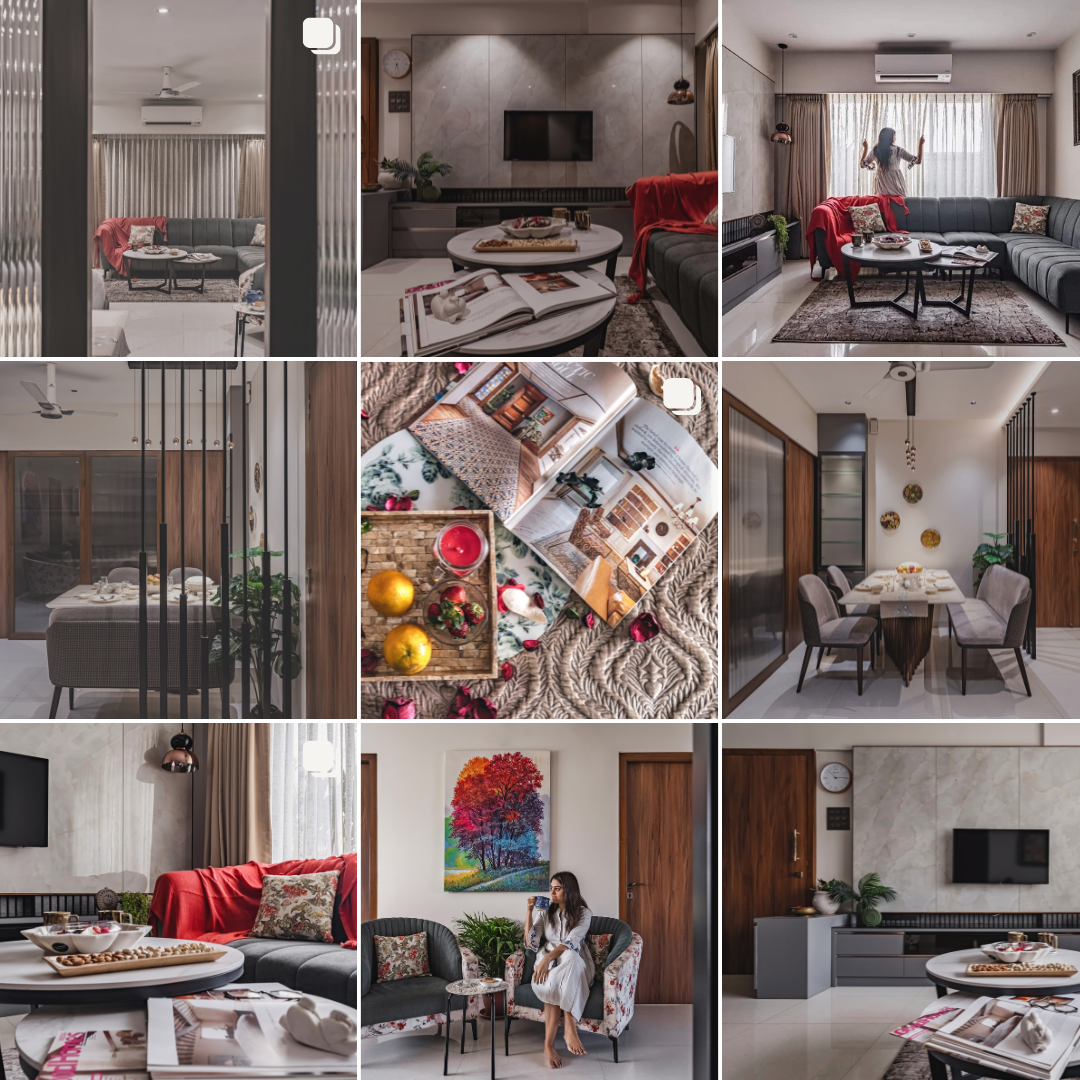
Veneers vs. Laminates: A Comparative Guide
As an interior designer, one of the crucial decisions you’ll face when designing or renovating a space is selecting the ideal surface finishes for furniture, cabinets, and other elements. Two popular options that often come into consideration are veneers and laminates. Both veneers and laminates provide an attractive finish and offer their unique set of advantages and characteristics. In this blog post, we’ll delve into the comparison of veneers and laminates from an interior designer’s point of view, shedding light on their features, aesthetics, durability, and applications.
Understanding Veneers:
Veneers are thin slices of real wood that are obtained by cutting logs into thin layers. These thin slices are then bonded to a substrate, such as plywood or MDF (Medium Density Fiberboard). Veneers showcase the natural beauty, grain patterns, and texture of various wood species, providing a warm and organic touch to interior spaces.
Advantages of Veneers:
- Natural Aesthetics: Veneers exhibit the innate beauty of wood, offering a rich variety of grain patterns, colors, and textures. They bring a touch of elegance and sophistication to any space.
- Unique Character: Each veneer sheet is unique, showcasing the distinct patterns and characteristics of the wood species. This individuality adds a sense of exclusivity to the interior design.
- Eco-Friendly Option: Veneers make efficient use of wood resources by maximizing the yield from each log, thereby reducing waste.
Considerations for Veneers:
- Cost: Veneers tend to be more expensive than laminates due to the use of real wood.
- Maintenance: While veneers are durable, they require regular maintenance to preserve their appearance. They might need periodic polishing and protection from moisture and direct sunlight.
Understanding Laminates:
Laminates, on the other hand, are synthetic materials composed of multiple layers of resin-impregnated kraft paper. These layers are compressed under high pressure and temperature, resulting in a durable, thin sheet that can mimic the look of various materials, including wood, stone, and more.
Advantages of Laminates:
- Versatility: Laminates offer a wide range of design options, allowing you to achieve the look of different materials without the associated cost. They come in numerous colors, patterns, and finishes, including matte, glossy, and textured surfaces.
- Durability: Laminates are highly resistant to scratches, stains, and fading, making them an excellent choice for high-traffic areas. They are also easy to clean and maintain.
- Budget-Friendly: Compared to veneers, laminates are generally more cost-effective, making them an attractive option for those on a limited budget.
Considerations for Laminates:
- Authenticity: While laminates can closely resemble natural materials, they do not possess the same depth, texture, or natural variations as real wood veneers.
- Heat Resistance: Laminates can be vulnerable to heat and might get damaged or discolored when exposed to high temperatures. Using trivets or heat-resistant mats is recommended.
Choosing Between Veneers and Laminates:
The selection between veneers and laminates ultimately depends on the project requirements, budget, desired aesthetics, and the intended usage of the space. Here are a few scenarios to consider:
1. Traditional or Luxurious Spaces: Veneers are an excellent choice when aiming for a classic, refined look, as they showcase the warmth and authenticity of real wood.
2. Contemporary or High-Traffic Areas: Laminates are ideal for areas that require durability, easy maintenance, and versatility in design. They offer a broad range of finishes and are suitable for modern and minimalist spaces.
3. Budget Constraints: If cost is a significant factor, laminates provide a cost-effective solution without compromising on aesthetics or durability.
Both veneers and laminates have their merits and are widely used in interior design. Veneers bring the timeless beauty of natural wood, offering an exquisite finish, while laminates provide versatility, durability, and a range of design options at a more affordable price point. By understanding their unique qualities and considering project requirements, an interior designer can make an informed choice to create a space that seamlessly blends aesthetics, functionality, and budgetary considerations.












